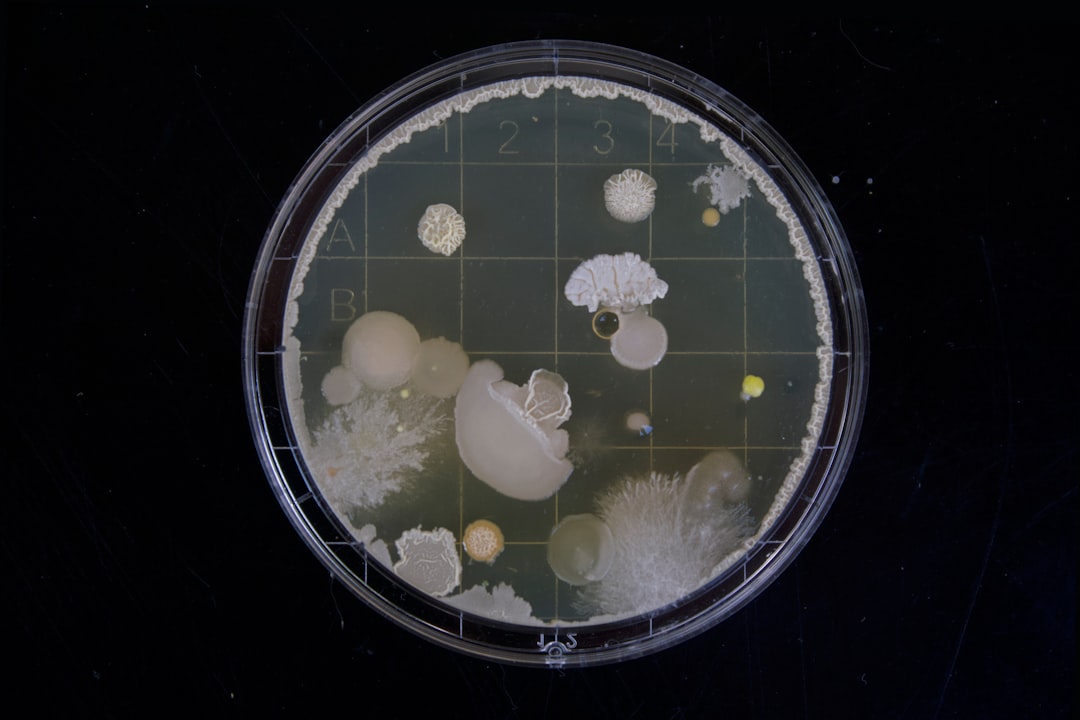What is it about?
Peptidic self-assembled nanostructures are said to have a wide range of applications in nanotechnology, yet the mechanistic details of hierarchical self-assembly are still poorly understood. The Phe-Phe recognition motif of the Alzheimer’s Aβ peptide is the smallest peptide able to assemble into higher-order structures. Here, we show that the Ile-Phe dipeptide analog is also able to self-associate in aqueous solution as a transparent, thermoreversible gel formed by a network of fibrillar nanostructures that exhibit strong birefringence upon Congo red binding. Besides, a second dipeptide Val-Phe, differing only in a methyl group from the former, is unable to self-assemble. The detailed analysis of the differential polymeric behavior of these closely related molecules provides insight into the forces triggering the first steps in self-assembly processes such as amyloid formation.
Featured Image
Why is it important?
Understanding the details of the first steps of the aggregation/fibrillation mechanism at the mole- cular level is central to developing strategies for treatment or possible prevention of amyloid-deposition diseases. As shown here, in addition to their biotechnological applica- tions, short peptides can also serve as ideal model systems for such studies.
Read the Original
This page is a summary of: Ile-Phe Dipeptide Self-Assembly: Clues to Amyloid Formation, Biophysical Journal, March 2007, Elsevier,
DOI: 10.1529/biophysj.106.096677.
You can read the full text:
Contributors
The following have contributed to this page










